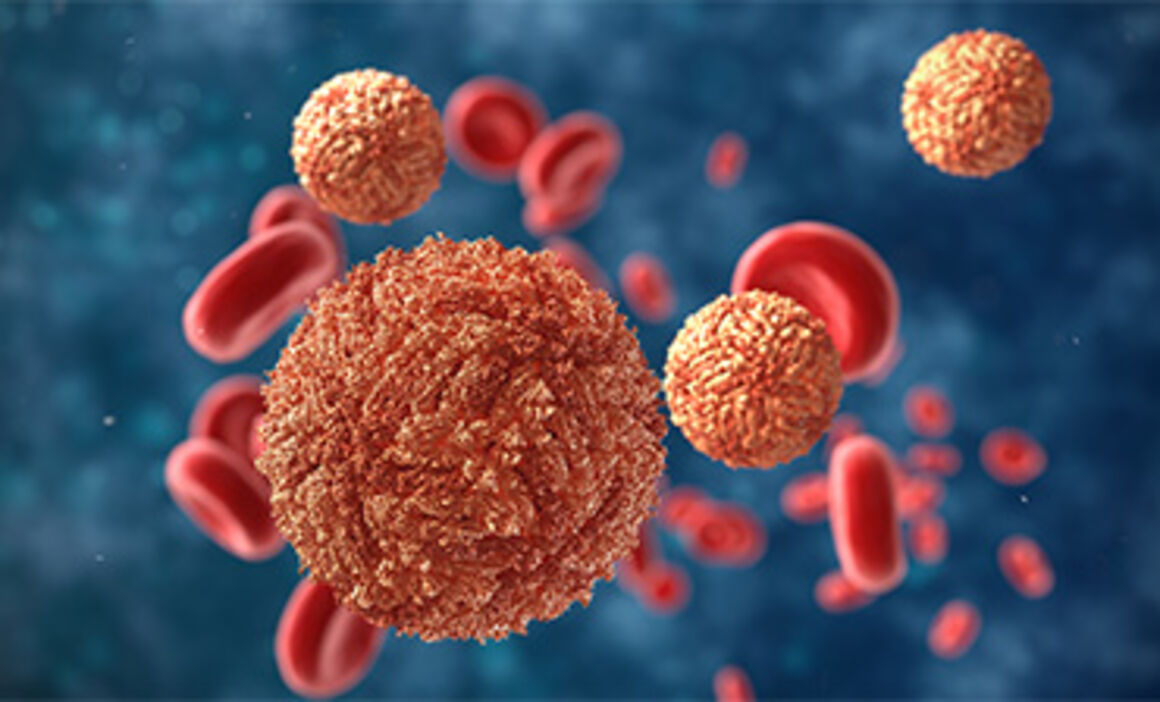|
No. 1
Bioinformatics
We plan to investigate bioinformatics to
|
No. 2
Mouse work
By using mice infected with Zika Virus we plan to
|
No. 3
Cell & Organoid work
By analyzing cells and organoids we plan to
|
|
Here is an introduction video about Zika Virus from the CDC:
|
|
Introduction to Zika and Lysosomal Activation |
Stakeholders involved |
|
Viruses transmitted from mother to fetus can cause severe damage to the developing brain. Among the most threatening of viruses to the developing brain, Zika is a mosquito-borne, positive-stranded RNA virus that was originally isolated in Uganda and spread to cause epidemics in Africa, Asia, and the Americas. Evidence has shown that in the Americas, the virus caused microcephaly, congenital Zika syndrome, and a multitude of neurodevelopmental disorders. In 2016, the World Health Organization declared Zika a Public Health Emergency of International Concern. Despite an ongoing international investigation of how Zika impacts the developing brain, there is currently no preventative treatment or cure for the virus. However, a growing understanding of lysosomal function suggests that lysosomal activation could enhance a cell’s ability to eradicate viruses like Zika. Lysosomes play a significant role in autophagy, immune functions, and cellular signaling. Consequently, lysosomal dysfunction can impair maintenance of cellular health. Ongoing work is evaluating use of lysosomal modulations in treating autoimmune diseases, neurodegenerative disorders, and cancer. Preliminary data suggest that lysosomal activation is required for inhibiting viral replication and promoting neuronal survival. These data have opened a potential avenue for viral inhibition through lysosomal activation therapy.
Perera, R. M., & Zoncu, R. (2016). The Lysosome as a Regulatory Hub. Annual review of cell and developmental biology, 32, 223–253. https://doi.org/10.1146/annurev-cellbio-111315-125125 Bonam, S. R., Wang, F., & Muller, S. (2019). Lysosomes as a therapeutic target. Nature reviews. Drug discovery, 18(12), 923–948. https://doi.org/10.1038/s41573-019-0036-1 |
|




